
A few months ago I wrote about a boxcar storage shed in Crookston, Minn., my hometown. During that same visit my friend, then an employee of Minnesota Northern RR (since retired) gave me a tour of the rest of the yard. Sure, I spent time photographing the usual things — locomotives, rolling stock, structures, and […]
Read More…
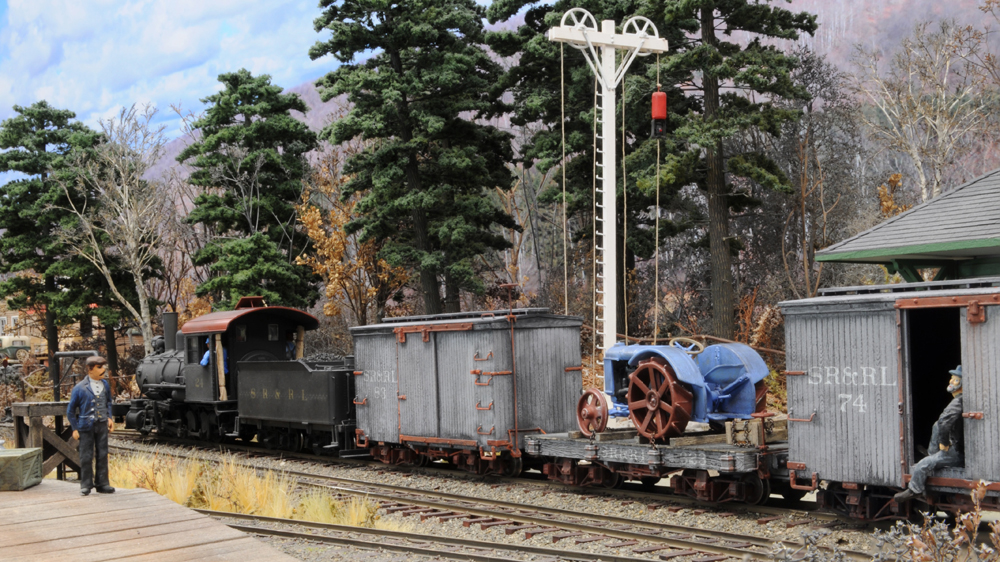
Our On30 Sandy River & Rangeley Lakes Railroad is a bit smaller than its prototype counterpart, running only from Kingfield to Strong, quite a few miles less than the 120 + miles covered by its full-scale counterpart. With this in mind, after seeing some Bachmann On30 18-foot boxcars on the internet, I decided that having […]
Read More…
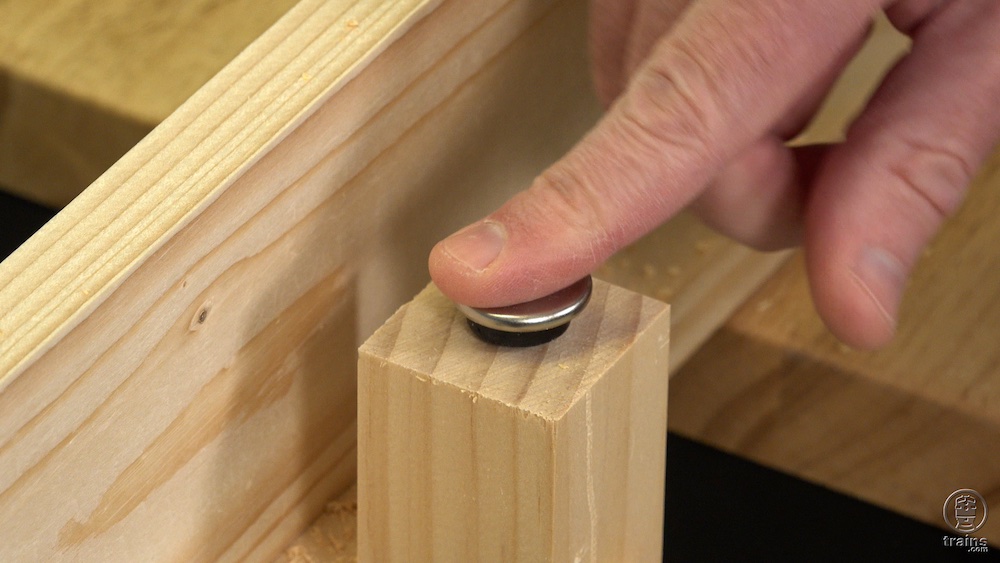
When building a model railroad, one feature you should consider is adjustable levelers at the foot of your benchwork’s legs. As the name suggests, these help level your layout when it’s standing on an uneven floor. Here’s how to install adjustable glides on benchwork legs. There are a couple of purchasing options for levelers. One […]
Read More…

I love details. Thirty years ago, I built my first craftsman structure kit and found out what details could do to “raise the roof” on my modeling. If you think about it, what you mostly see of a structure on a layout is the roof. On my railroad, a roof has to have one or […]
Read More…

Stone has long been used as a building material in the full-size world. Cut stone can be long lasting as the Greeks and Romans showed us centuries ago. A more recent pair of examples are the stone railroad arch bridges from my home in Melrose, Mass., built in 1848 and the Canton Viaduct, which has […]
Read More…
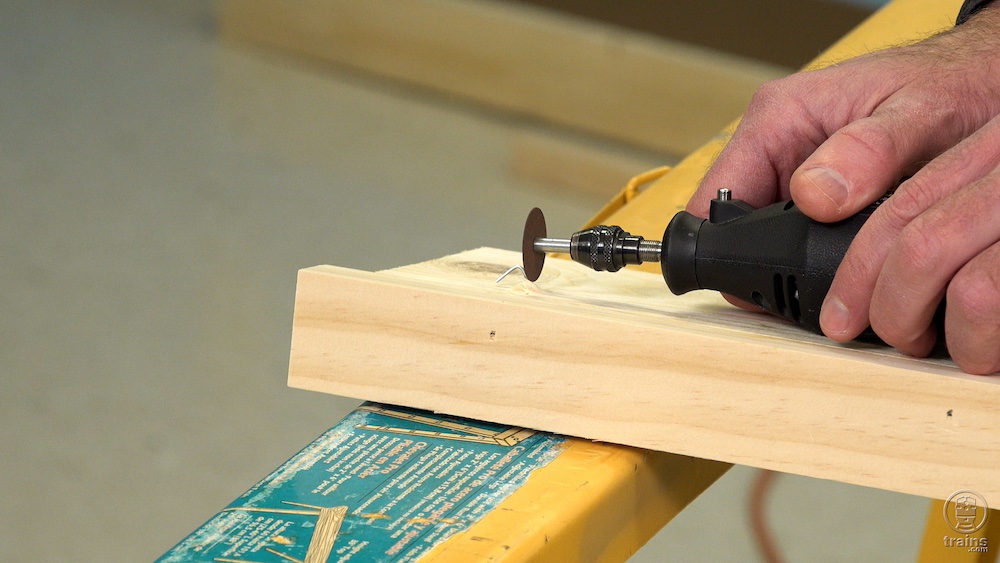
The rotary is like a Swiss Army Knife for model railroaders. It can be used for many different tasks, and cutting off nail heads is just one of them. This is when a nail is hammered into a board at an undesirable angle, but can’t be pulled out by pliers without further damaging the wood. […]
Read More…

Adding details that make a scene more interesting or increase operating potential can take your layout to a whole new leave of realism. Try one (or all) of the ideas listed below! Share your photos with us at editor@classictoytrains.com. Detail track and add lineside details Adding details to the right-of-way is an easy way to […]
Read More…
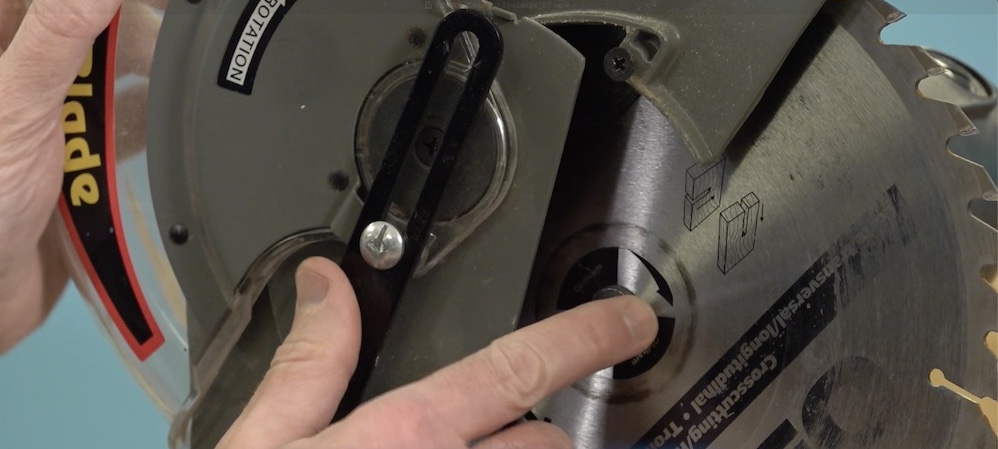
A circular saw is often the tool of choice when constructing the benchwork for your layout. But in order to get those clean cuts and smooth edges, it’s important to have a sharp blade. This will help avoid splintering in the wood. From prioritizing safety to performing essential maintenance, here’s how to replace a circular […]
Read More…

In 1980 and 1981, my wife and I rode round trips on the Viking and Badger, respectively, when they were still being used as railroad carferries operating between Wisconsin and Michigan. After those trips, I wanted to build an N scale version of the Viking. Unfortunately, I didn’t have the time or skills required back […]
Read More…
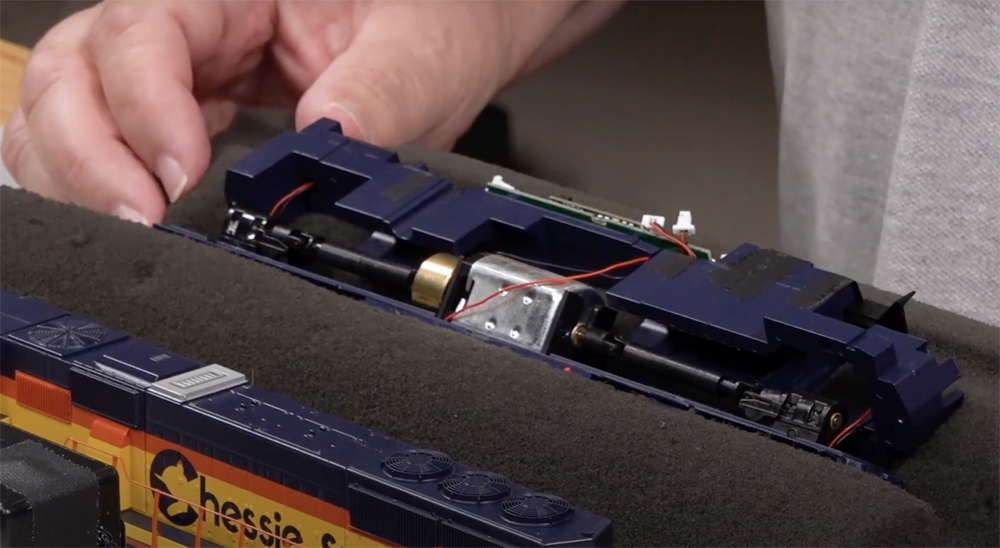
Most of us who love model trains value them for some aspect of their engineering, artistry, and nostalgia. We tend to be a meticulous and detail-oriented community, and we prize and cherish the integrity and aesthetics of the layouts we painstakingly build. Like any machinery, model trains need maintenance and cleaning to look and function […]
Read More…
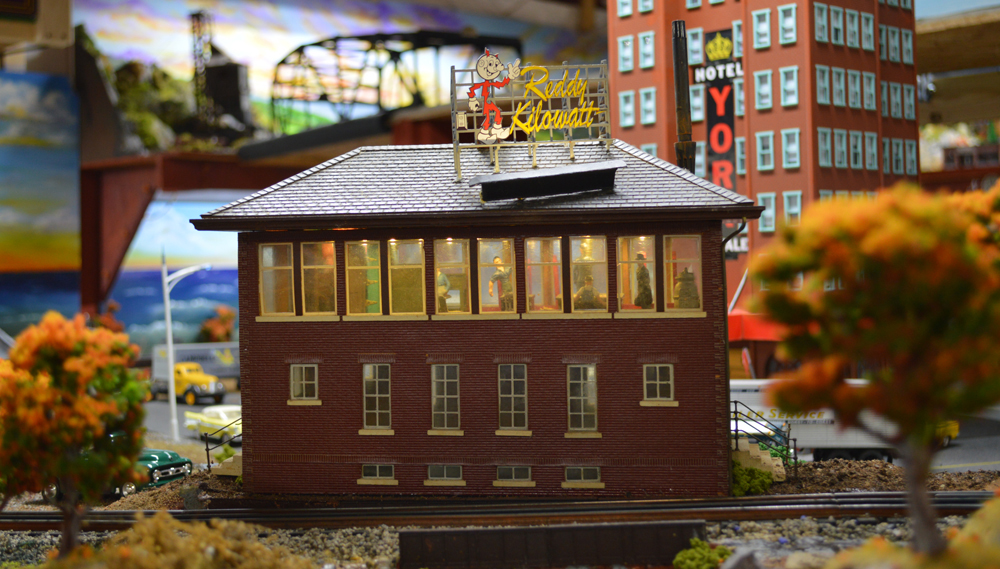
I have hunted for a variety of antiques and collectibles over the years. From old phonographs and projectors to motion lamps and of course, model trains. I often wonder about how an item ended up where it was when I ran across it. For example, I have a complete collection of the first two years […]
Read More…
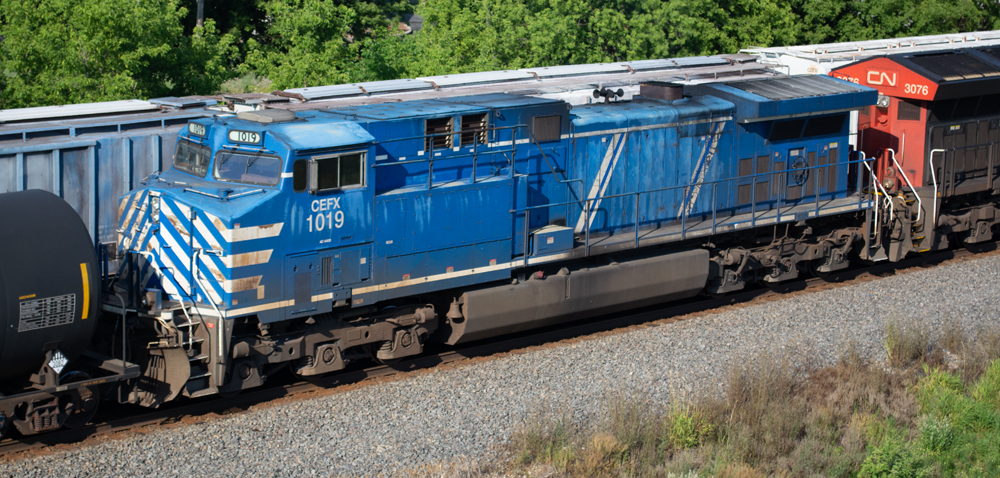
Unless your model railroad is at eye-level or higher, the first thing operators and visitors see when they look at your locomotives and freight cars is the roof (and on open-top cars, the interior). In recent years, some manufacturers have offered models with faded paint and light weathering. Other companies have released boxcars with paint […]
Read More…












